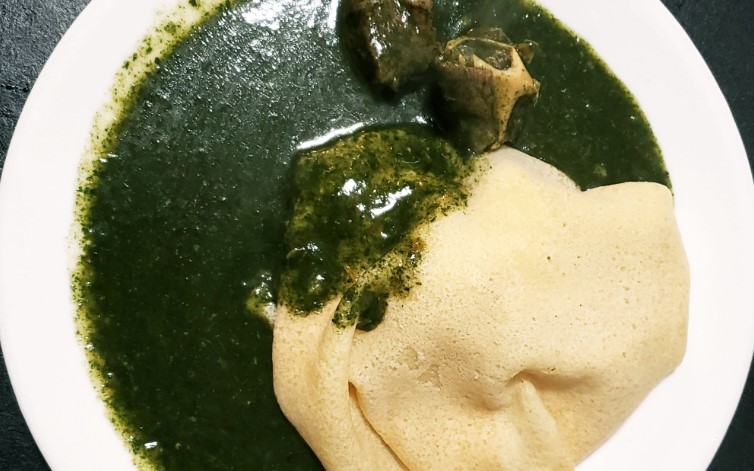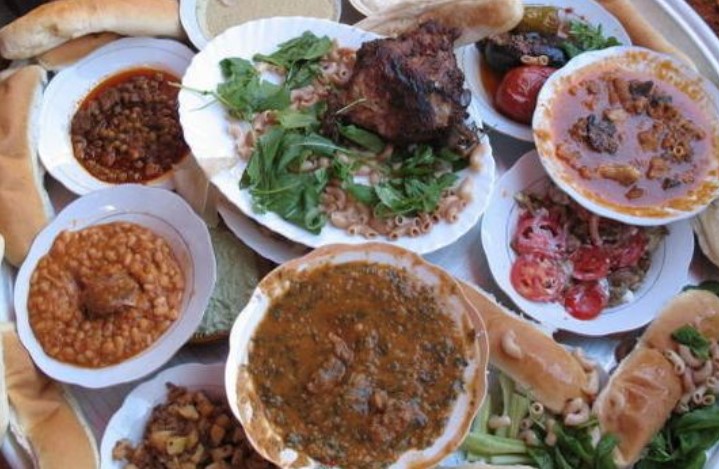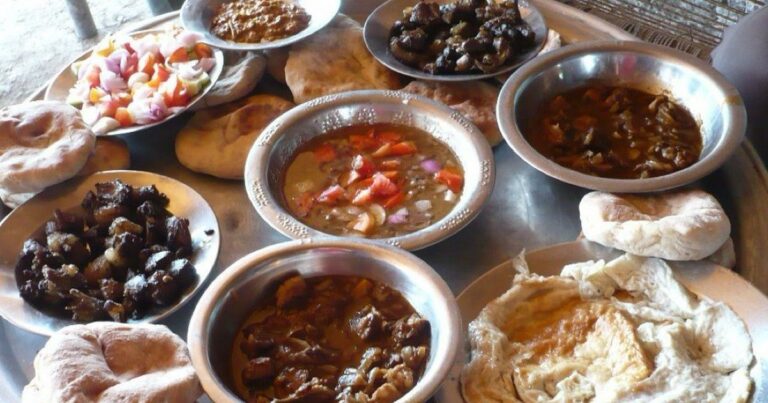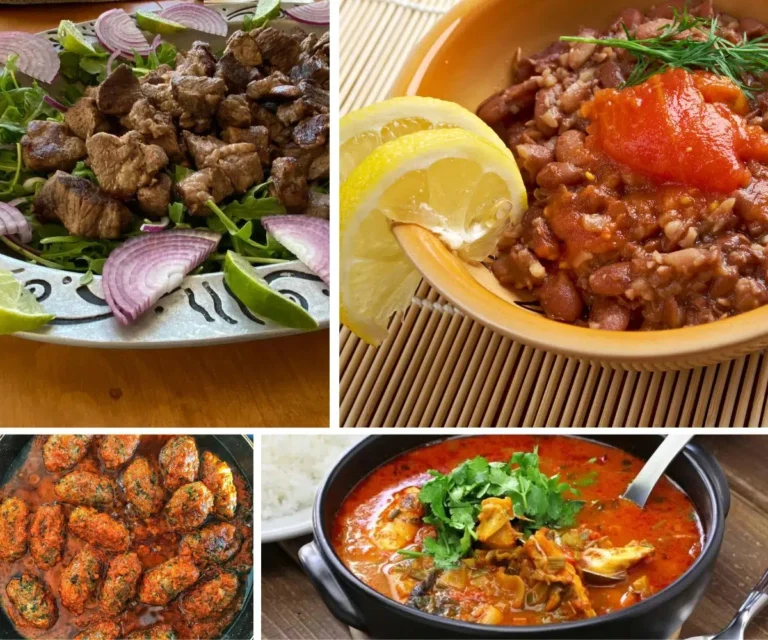Introduction: South Sudanese Cuisine
South Sudanese cuisine is a reflection of the country’s diverse cultural and ethnic makeup. The cuisine is heavily influenced by the African and Arab culinary traditions. The primary staple food in South Sudan is sorghum, and it is used to make porridge, bread, and beer. Meat dishes, particularly goat, chicken, and fish, are also popular.
Indigenous Cooking Techniques
South Sudanese cuisine makes use of several indigenous cooking techniques. One such method involves cooking the food inside a pit covered with hot ash and leaves. The heat is then trapped inside the pit, allowing the food to cook slowly. Another technique involves cooking the food inside a hollowed-out gourd, which is placed on top of hot coals. The gourd imparts a unique flavor to the food and helps to keep it moist.
Use of Local Ingredients
South Sudanese cuisine makes use of local ingredients such as sorghum, cassava, yams, and millet. These ingredients are rich in nutrients, and they form the staple food of the people. Vegetables such as okra, spinach, amaranth, and pumpkin leaves are also popular. The use of local ingredients is a reflection of the country’s diverse agricultural produce.
Preservation and Fermentation Methods
Preservation and fermentation methods are also used in South Sudanese cuisine. One such technique involves fermenting sorghum, which is then used to make beer. The beer is an essential part of South Sudanese social life, and it is consumed during celebrations and rituals. Meat preservation methods such as smoking and drying are also used.
Influence of Neighboring Culinary Traditions
South Sudanese cuisine has been influenced by neighboring culinary traditions. The Arab influence is evident in dishes such as ful medames, a dish made from fava beans, and kisra, a type of bread. The Ethiopian influence is seen in dishes such as tibs, which is a meat dish, and injera, a type of bread. The Ugandan influence is reflected in dishes such as matoke, which is made from mashed green bananas.
Conclusion: Diversity in South Sudanese Cooking
South Sudanese cuisine is diverse and reflects the country’s cultural and ethnic makeup. Indigenous cooking techniques, the use of local ingredients, preservation, and fermentation methods, and the influence of neighboring culinary traditions are all part of the cuisine. South Sudanese cuisine is a reflection of the country’s unique history and cultural heritage.










